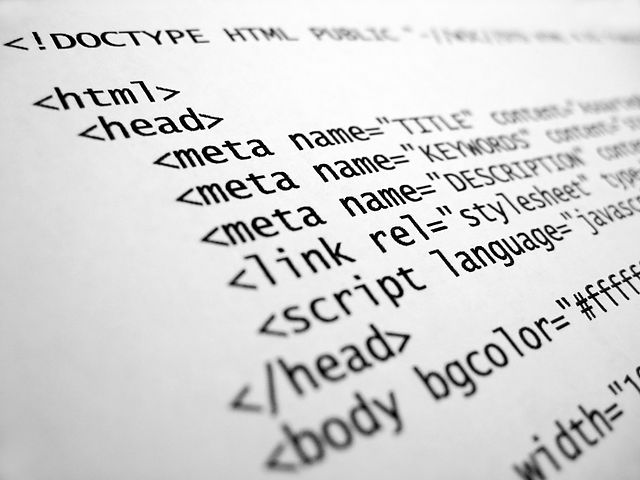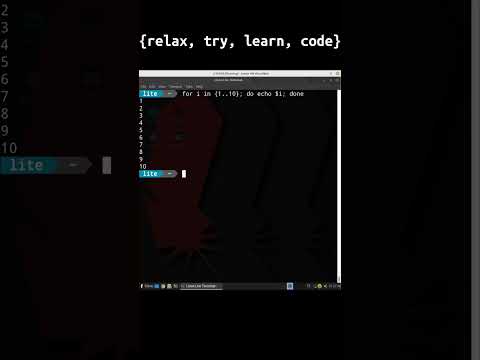Hoisting: Extracting Values Before Initialization
When working with JavaScript, one concept that can be confusing for newcomers is hoisting. Simply put, hoisting refers to the way JavaScript handles variable and function declarations. When a variable or function is declared, it is “hoisted” to the top of its scope, allowing it to be used before it is actually declared in the code. In this article, we will explore the ins and outs of hoisting and how it can be used to your advantage in your JavaScript code.
Hoisting: A Quick Overview
As mentioned, hoisting refers to the way JavaScript handles variable and function declarations. In essence, when a variable or function is declared, it is moved to the top of its scope, allowing it to be used before it is actually declared in the code. This can be a useful feature, as it allows you to organize your code in a way that makes more sense logically, rather than being restricted by the order in which variables and functions are declared.
Understanding Variable Hoisting
Variable hoisting refers to the way JavaScript handles the declaration of variables. When a variable is declared using the var keyword, it is moved to the top of its scope, regardless of where it is actually declared in the code. This means that you can use a variable before it is actually declared in the code, as long as it is within the same scope.
Function Hoisting Explained
Function hoisting refers to the way JavaScript handles the declaration of functions. When a function is declared using the function keyword, it is also moved to the top of its scope, allowing it to be used before it is actually declared in the code. This can be especially useful for functions that are used in multiple places throughout your code.
The Basics of Hoisting in JavaScript
In JavaScript, hoisting works by moving variable and function declarations to the top of their respective scopes. This can be useful for organizing your code and allowing you to use variables and functions before they are actually declared. However, it is important to understand that only the declaration is hoisted, not the assignment. This means that if you try to use a variable before it is assigned a value, you will get an undefined result.
How Hoisting Affects Code Execution
Hoisting can affect how your code is executed, as variables and functions that are hoisted are moved to the top of their respective scopes. This means that they are available for use earlier in the code than they would be if they were not hoisted. However, it is important to understand that hoisted variables and functions are not actually executed until they are called in the code.
Extracting Values Before Initialization
One way that hoisting can be useful is by allowing you to extract values from variables before they are initialized. For example, if you have a variable that is going to be assigned a value later in the code, you can still extract the value from it before it is assigned by using hoisting. This can be useful for certain types of calculations and data manipulation.
Using Hoisting to Your Advantage
Hoisting can be a powerful tool in your JavaScript arsenal, allowing you to organize your code in a way that makes more sense logically. However, it is important to use hoisting responsibly, as it can also lead to confusion and bugs if not used properly. By understanding how hoisting works and following best practices, you can take advantage of this feature to write cleaner and more efficient code.
Common Pitfalls to Avoid with Hoisting
While hoisting can be a useful feature in JavaScript, there are also some common pitfalls to avoid. One common mistake is assuming that hoisted variables and functions are already executed, which can lead to unexpected results. Another pitfall is relying too heavily on hoisting, which can make your code harder to understand and maintain over time.
Hoisting Best Practices for Clean Code
To write clean and maintainable code with hoisting, it is important to follow best practices. This includes always declaring variables and functions at the top of their respective scopes, avoiding relying too heavily on hoisting, and using clear and descriptive variable and function names. By following these best practices, you can ensure that your code is easy to read and understand, even if you are using hoisting.
When Not to Use Hoisting in Your Code
While hoisting can be a useful feature in many cases, there are also times when it is best to avoid using it. For example, if you are working with a team of developers who are not familiar with hoisting, it may be best to avoid using it to avoid confusion and bugs. Additionally, if you are working on a large and complex codebase, relying too heavily on hoisting can make it harder to understand and maintain over time.
Debugging Hoisting Issues in JavaScript
If you encounter issues with hoisting in your JavaScript code, there are several steps you can take to debug the problem. This includes checking your variable and function declarations to ensure they are in the correct order, testing your code in different browsers, and using a debugger to step through your code and identify any issues.
Wrapping Up: The Power of Hoisting
In conclusion, hoisting is a powerful feature of JavaScript that can be used to organize your code and extract values before initialization. By understanding how hoisting works and following best practices, you can take advantage of this feature to write cleaner and more efficient code. However, it is important to use hoisting responsibly and avoid common pitfalls, to ensure that your code is easy to read and maintain over time.









